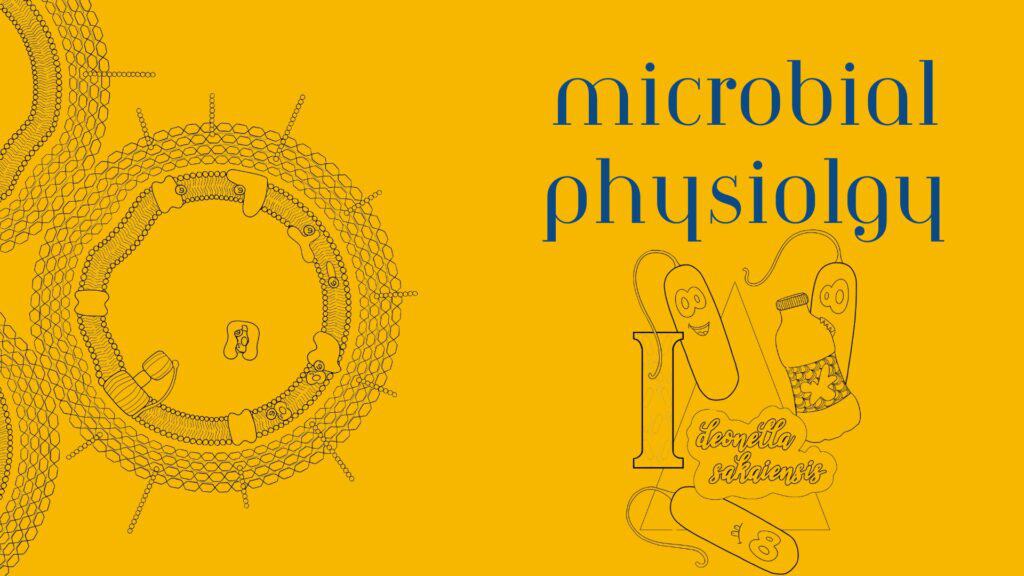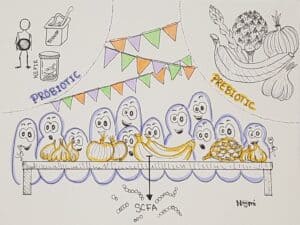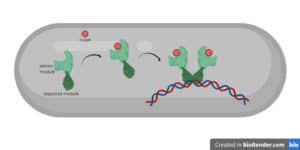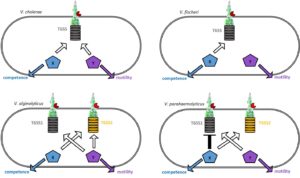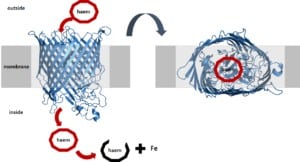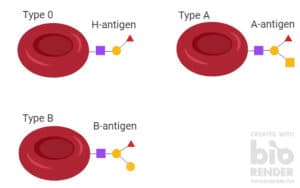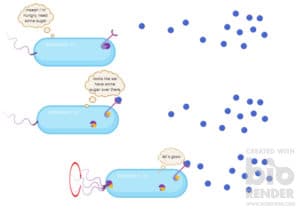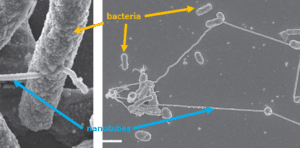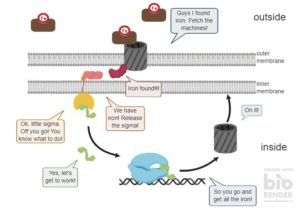
The incredible superpowers of bacteria: unveiling nature’s tiny heroes
Microbes and bacteria touch every aspect of our lives. They have so many superpowers that impact the environment, food production, bioremediation and even the climate. Here, we will look at 20 of the most fascinating bacterial superpowers and tell you where you might encounter them throughout your day. But don’t forget, there are plenty more.

